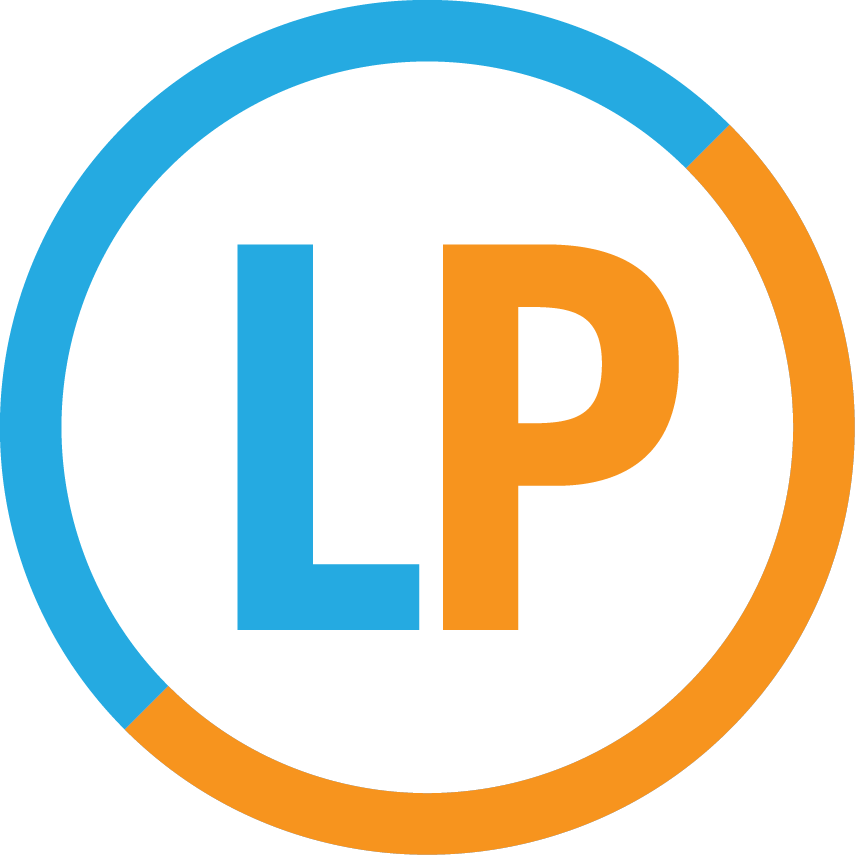A lot of the time when I learn a Cool New Concept, or when I have a Cool New Task to add to my to-do list, my method of logging it is simple: I say to myself, “Oh, cool...I’ll have to remember that.” Then I keep going on about my day.
Foolproof, right?
As a backup, I have several to-do lists saved as “Notes” in my phone. But to be perfectly honest, sometimes I then forget to check those to-do lists because I don’t remember that I made them. Or I can’t find them. Or I open my phone to look at them but then suddenly I’m doing the New York Times Crossword instead, thinking, “What was I supposed to be doing? Also, what’s a five-letter word for ‘mental slip-up?’”
But recently I purchased a little whiteboard/corkboard combo, and have found that when I write down tasks or notes or ideas on it, I barely have to go back and check them; I just remember them more. There’s something about the physical, mechanical act of writing that reinforces our memory way more than simply trying to remember it -- and way more even than typing it digitally.
And it turns out there’s actually science to support that idea! A 2014 study published in Psychological Science found that students who took notes long-hand (with pencil and paper) instead of typing them not only performed significantly better on a test immediately afterwards, but also remembered that information for a much longer period of time.
So you can imagine what a leg up those pencil-and-paper students would have over those who took no notes at all. Turns out, the “I’ll have to remember that” method is surprisingly ineffective.
What I’m saying is, the next time you find yourself reluctant to reach for your notebook, just remember that the physical act of writing stuff down really does help it stick. And hey -- that means less time reviewing later.
LAPSE! That’s the five-letter word for a “mental slip-up.” I really gotta write that down.


